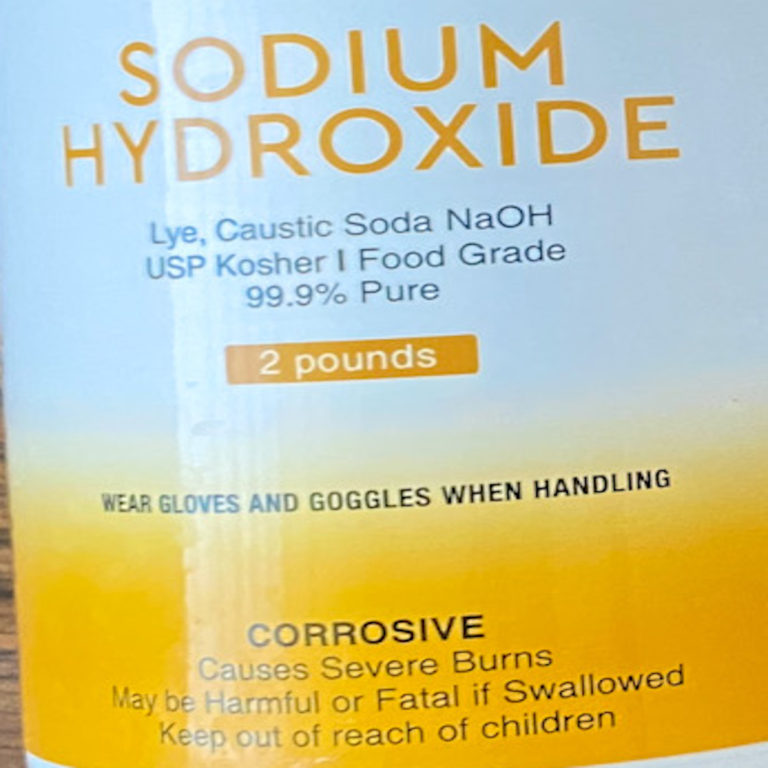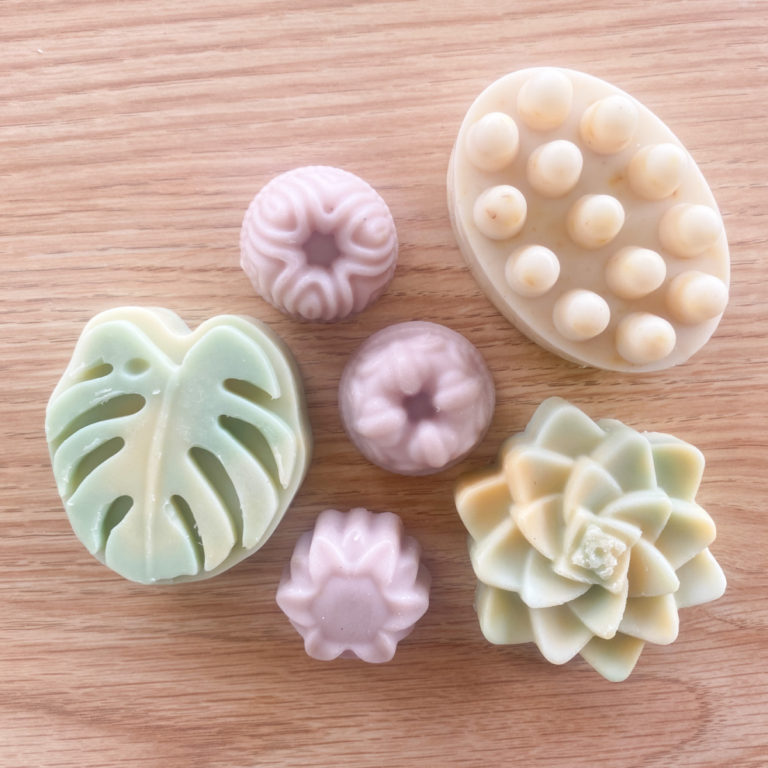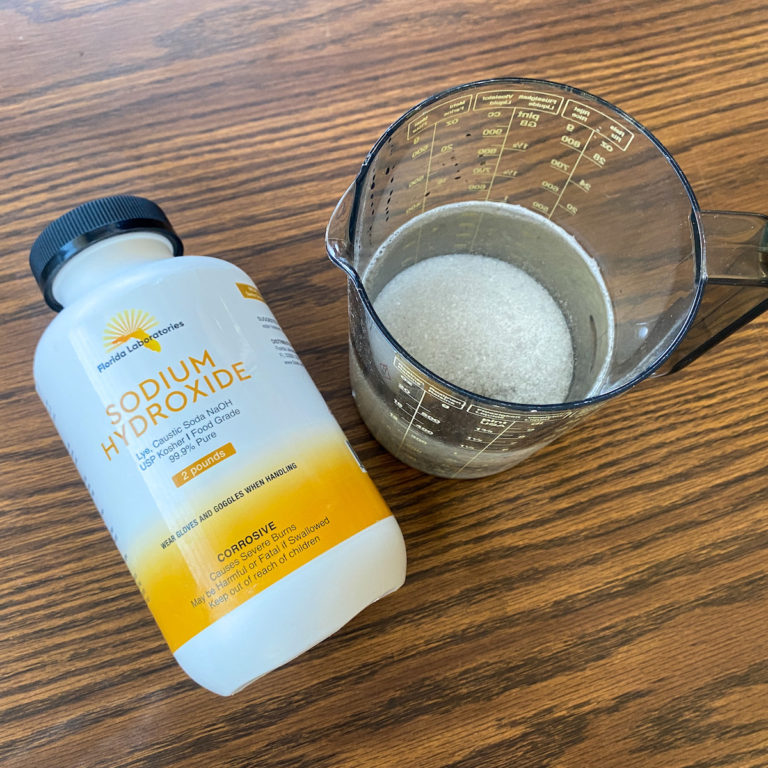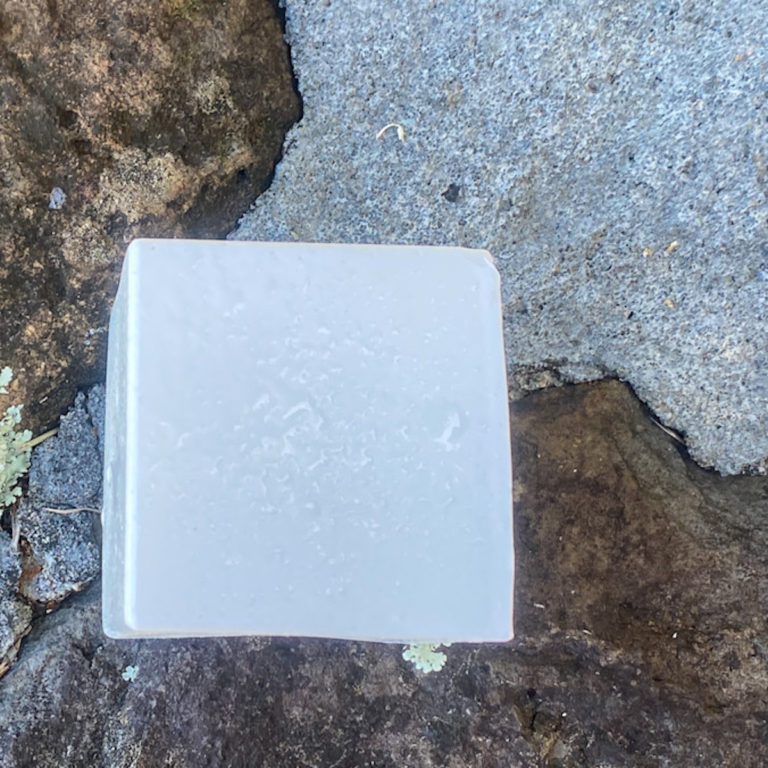How To Properly Clean Plastic Soap Molds – THIS Is How It’s Done
Cleaning up is an essential but tedious part of soap making. Plastic soap molds are pretty and easy to use but require delicate care to clean them up after use.
To clean your plastic soap molds, start by scraping out residual soap chunks and washing by hand like your dishes using dish soap. Don’t use a dishwasher. To get rid of stubborn stains, fragrances, and oil film, you can use vinegar, baking soda, and other household items.
This article will teach you the following about cleaning and extending the life of your plastic soap molds :
- How to remove soap residue from your plastic mold
- How to remove oil residue
- How to remove dye stains
- How to wash your plastic molds
How To Remove Soap Residue
It takes approximately 24 hours for the completion of saponification, the chemical process behind soap making. If you’re washing your soap molds immediately after removing your soap, you’ll need to take extra care because the lye might still be active enough to cause red, irritated hands.
Consider putting on your gloves, goggles, aprons, and whatever protective gear you might have. The equipment will keep you safe from lye splashes. You can roll off the large clumps of soap while it’s still warm. If the chunks have become hardened, you can use a paddle to remove what you can.
Another option would be to keep your molds stored in a bag for 24-48 hours till the soap residue completes the saponification process. This technique is safer, and you would not need protective gear, but removing the soap residue after this time is challenging.
To remove the hardened soap residue, you’ll need to soak the mold in warm water to soften it before scraping it off with your hands or a paddle. Please don’t use sharp objects to scrape soap residue from your mold because that can leave scratches and ruin your mold.
How To Remove Oil Residue
Plastic is oleophilic, which means it has a strong affinity for oils, so it’s not unusual to find a thin oil coat on your plastic molds after rinsing with water or washing with soap.
The first step would be to wipe it down with paper towels to get this oil residue out. Try to get as much of the gunk as you can.
We would not want to use toxic cleaning agents that can remain on the plastic and possibly poison our next soap batch. It’s best to start cleaning with the least harsh cleaning tools and work our way up.
Baking Soda Paste

You can use baking soda from your pantry or the store if you’ve run out; it’s non-toxic and effective at getting oils out of plastic. Oils don’t dissolve in water, but they can in alkaline solutions like this baking soda paste.
Here’s how to use it.
- Start by mixing two tablespoons of baking soda with half a cup of warm water.
- Spread the paste evenly on your plastic container and leave to soak overnight.
- Wash out the paste with warm water the next day.
- Ensure the containers are fully dry before storage to prevent mold growth.
Vinegar

Vinegar is an excellent multi purpose cleaner that can get rid of the oil film. Vinegar’s superb cleaning abilities come from being so acidic. It has a pH of 2.4, which promotes the dissolution of oils. You can use any vinegar you have at home, but distilled white vinegar is best for cleaning.
To use vinegar to remove the oil coat on your plastic mold, you might want to follow the following steps:
- Fill up the mold with vinegar.
- Let it sit for about 30 minutes.
- Discard the vinegar and wash out your mold.
How To Remove Dye Stains
If you’ve added some dye to your soap, chances are some of it has transferred to your soap mold. Thoroughly washing the plastic might not be enough to get out the stains.
Here are some of the best ways to get rid of dye stains.
Rubbing Alcohol
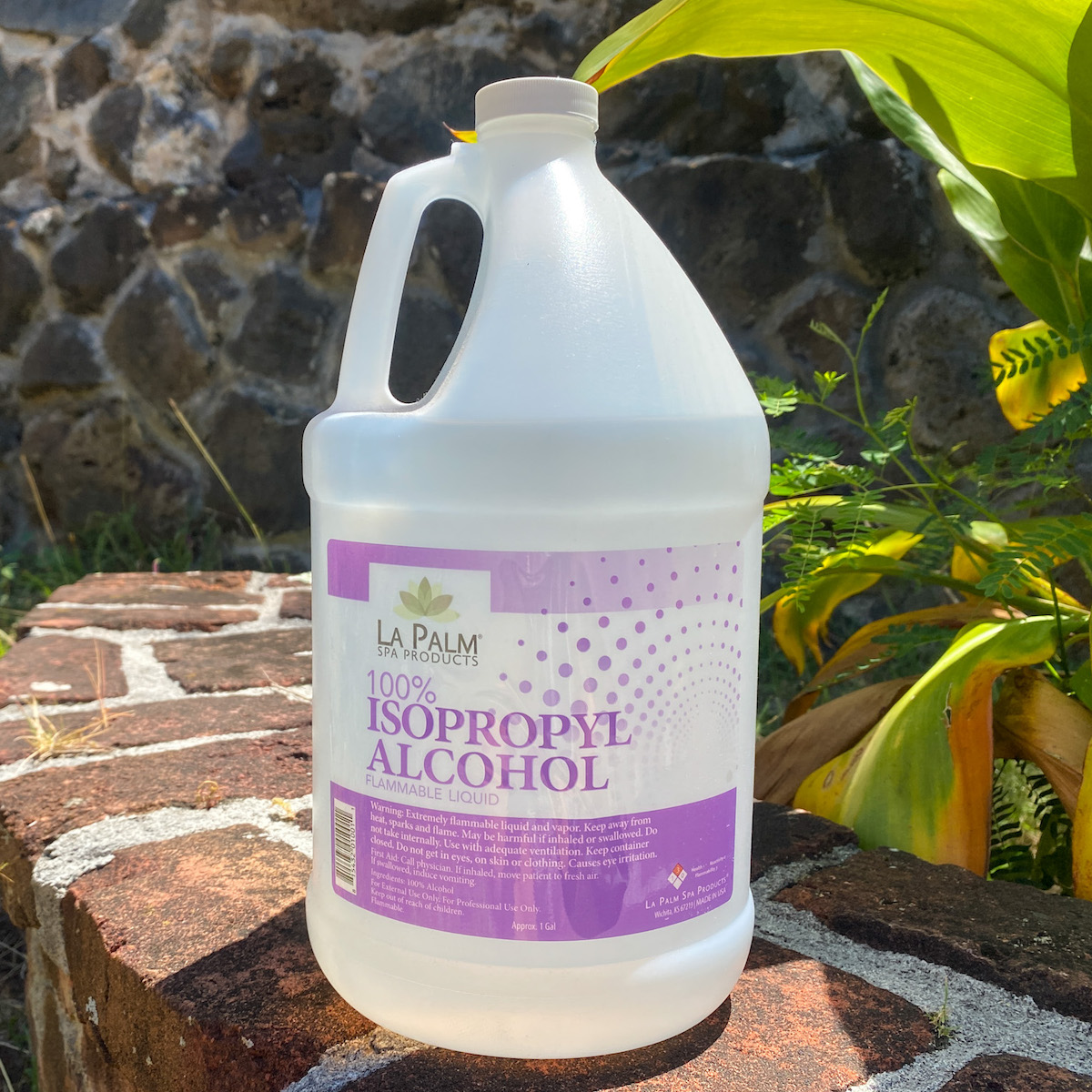
If you used food coloring or other natural ingredients like turmeric to color your soap, some of that color could transfer to your mold. Rubbing alcohol is pretty effective at getting these stains out, primarily if the stains just occurred.
Here’s how to go about it:
- Wipe down the mold with a kitchen towel soaked in rubbing alcohol.
- Leave the alcohol on for a few minutes for stubborn stains.
- Wash out the mold.
If you don’t have rubbing alcohol, you can use hand sanitizer in its place. It also contains alcohol and would work pretty much the same way rubbing alcohol would.
Baking Soda and Vinegar
Baking soda and vinegar work well to eliminate stains. They are non-toxic, so they’re safe to use on your soap molds. It would help if you only used them as was outlined in earlier sections, and your mold will be as good as new. For stubborn stains, you might have to repeat the process a few times.
Denture Tablets
Denture tablets contain sodium bicarbonate (baking soda) and citric acid, which are excellent at removing stains. It also has Potassium Monopersulfate, a bleaching agent. Denture tablets are not abrasive, so they’ll clean up tough stains without ruining your plastic mold. It can also help breakdown oil residues.
Follow these steps:
- Place two tablets in warm water.
- Pour the mixture into your plastic soap molds.
- Leave it for a couple of minutes.
- Discard the mixture and wash your mold as usual.
You can use Alka Seltzer in place of denture tablets. Like denture tablets, It contains both citric acid and sodium bicarbonate for cleaning. It also contains aspirin, which isn’t the most effective cleaning agent, but it can help eliminate stains.
How To Remove Fragrance
Some might cling to your plastic soap mold if you added perfume to your last batch of soap. If you’d like to get the smell out, wipe with a kitchen towel soaked in rubbing alcohol. The other cleaning methods above are effective at combating odors. These include:
- Vinegar
- Baking Soda
- Bleach
You can also set it out under the sun or some UV light to get rid of the smells.
How To Wash Your Plastic Soap Molds
You can wash your plastic molds just as you would wash your dishes. Keep your gloves on, and be careful not to splash washing liquid onto your face or skin because some lye on the mold might still be active.
It’s best not to use a dishwasher for your plastic soap molds because they can warp from the heat. You could use a bottle brush gently to remove hard to reach areas or stains. Please don’t use stiff brushes or abrasive sponges on your plastic soap molds because they can cause scratches and damage your mold.
Conclusion
Cleaning up after soap making does require some elbow grease. When it comes to cleaning up plastic soap molds, it’s best to be gentle and avoid dishwashers. Now you know all you need to about cleaning your plastic soap molds; it makes the process quicker and easier.
Highlights of the post:
- Start by removing soap residue with your hands or by soaking in warm water.
- Eliminate oil film using baking soda paste or vinegar.
- Remove dye stains using alcohol, denture tablets, baking soda, vinegar, or bleach.
- Wash by hand just as you would wash your dishes.



